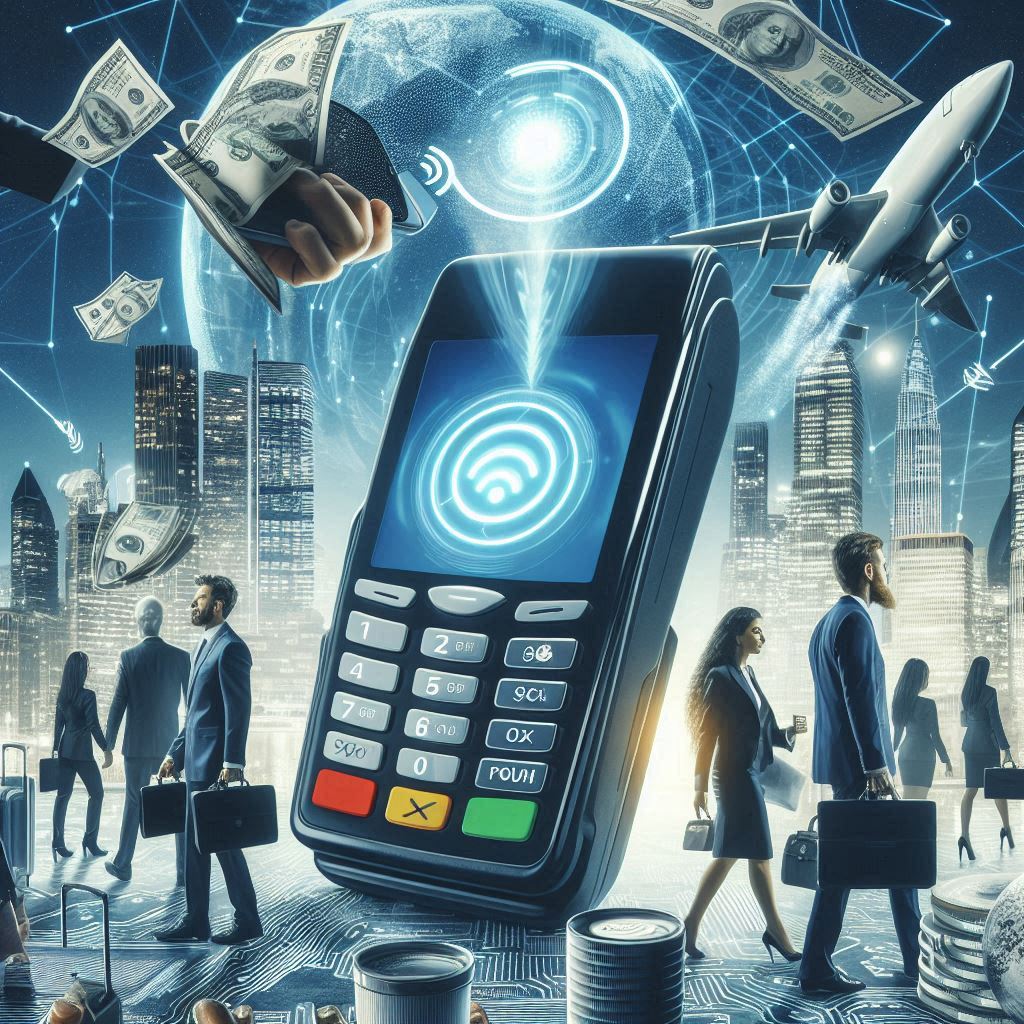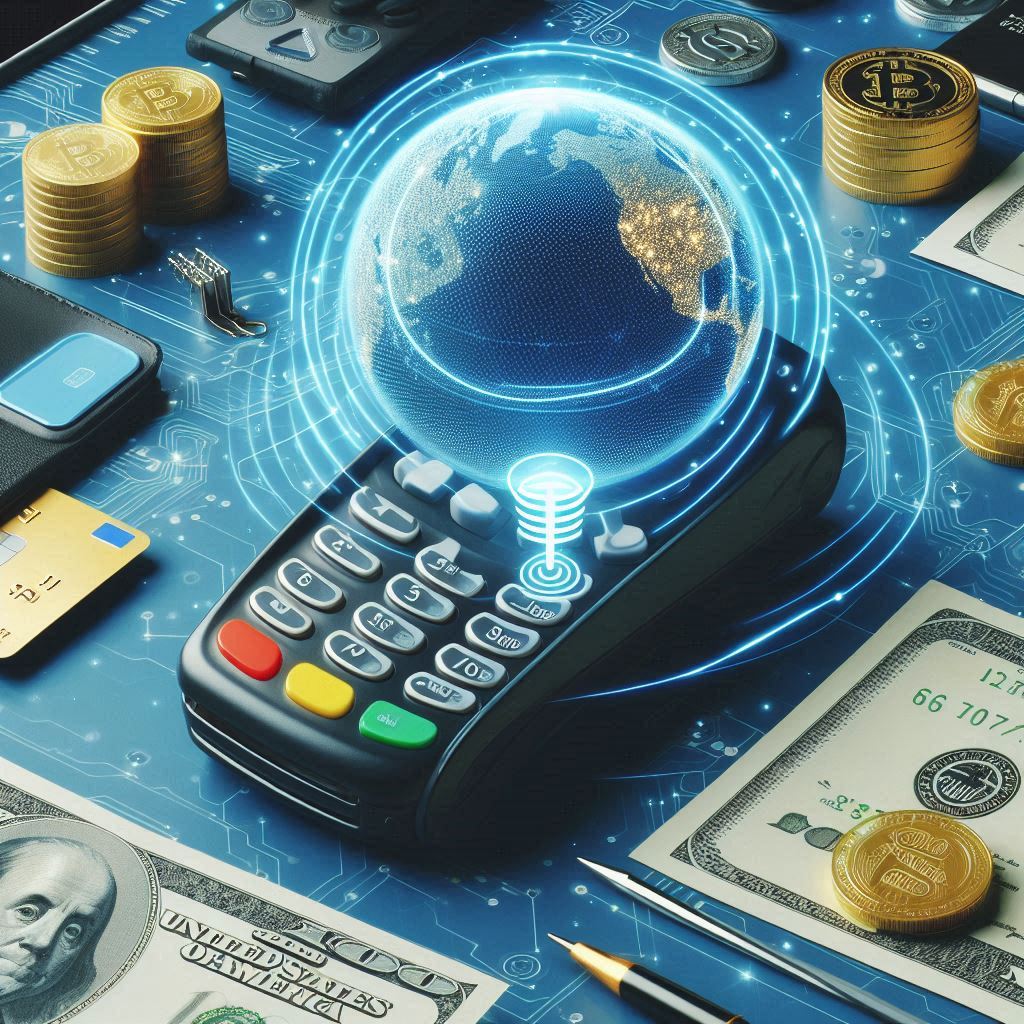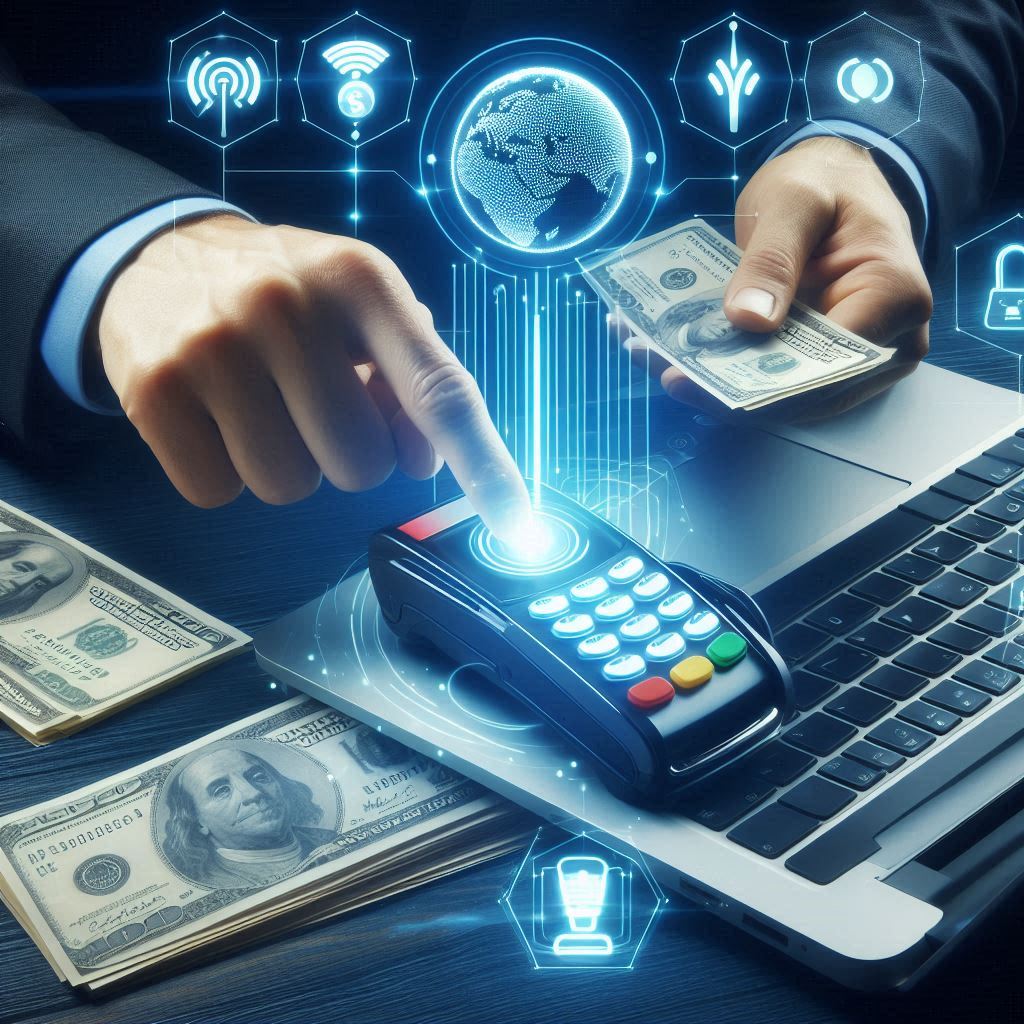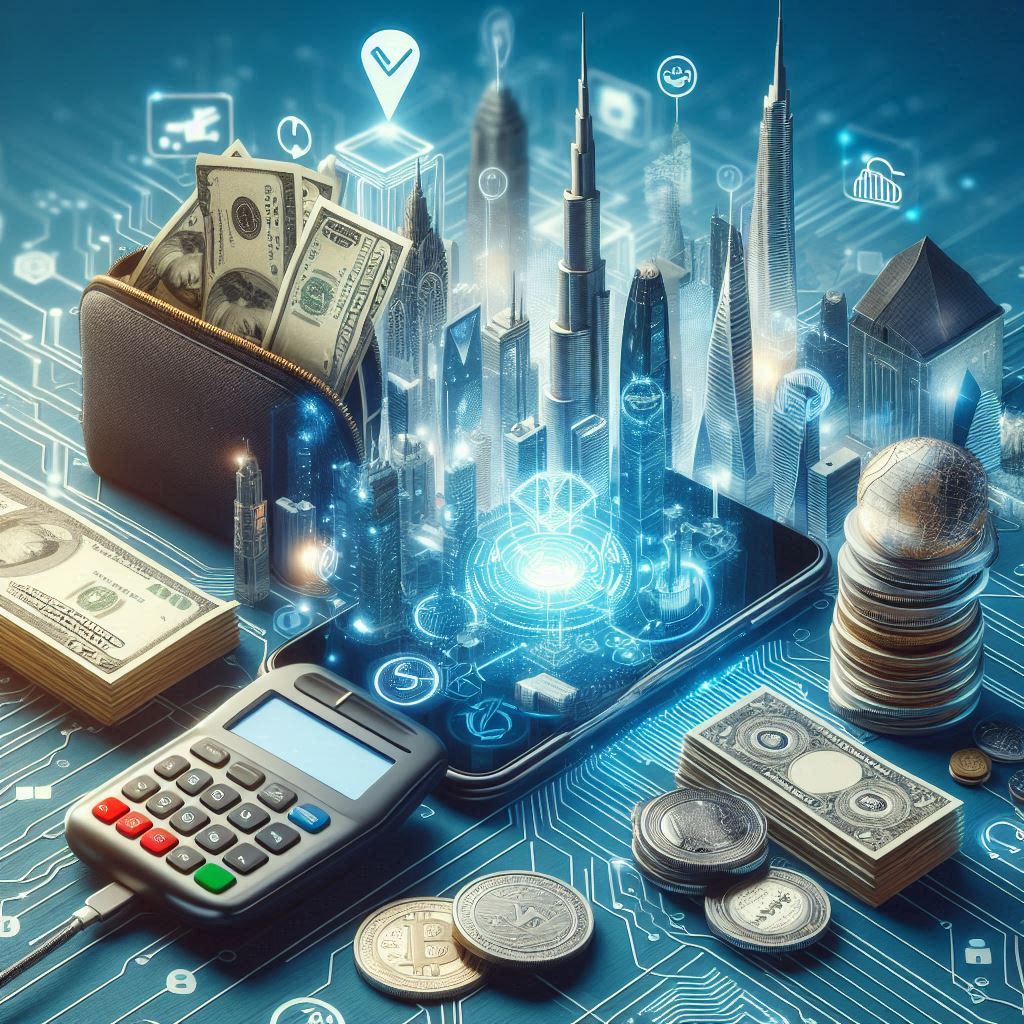Introduction
Gone are the days of juggling cash, writing checks, or swiping cards. The advent of contactless payments is transforming how we handle transactions. But what exactly are contactless payments, and why are they becoming so popular? This article delves into the evolution of payment methods, the technology behind contactless payments, and the benefits and challenges they bring. By the end, you’ll understand why contactless payments are changing the landscape of financial transactions.
The History of Contactless Payments
Contactless payments may seem like a recent innovation, but the idea has been around for quite some time. The early 1990s saw the first uses of RFID (Radio Frequency Identification) for tasks like electronic toll collection and access control. These early applications highlighted the potential for swift and secure transactions without physical contact.

The development of NFC (Near Field Communication) technology in the early 2000s enabled more sophisticated contactless payment systems. NFC facilitates secure communication between two devices in close proximity, typically within a few centimeters, allowing for the quick and secure exchange of payment information.
Significant milestones in the adoption of contactless payments include the introduction of contactless cards in the UK in 2007, allowing for quick transactions with a simple tap. The launch of mobile wallets like Apple Pay in 2014 further boosted global adoption by integrating contactless payments into smartphones, enhancing convenience for users.
How Contactless Payments Work
The technology behind contactless payments relies on NFC. When you tap your card or smartphone near a contactless-enabled terminal, the NFC chips in both devices communicate to complete the transaction. Here’s how it works:
- Initiation: Tap your card or device near the terminal. The terminal emits a radio signal that powers the NFC chip in your card or device, starting the communication.
- Authentication: The terminal verifies the NFC chip, ensuring it is a legitimate and authorized payment method.
- Transaction: Payment information is securely transmitted and processed, completing the transaction in seconds.
Common contactless payment methods include contactless cards, mobile wallets (like Apple Pay, Google Pay, Samsung Pay), and wearable devices like smartwatches and fitness trackers.
Benefits of Contactless Payments for Consumers
Why are so many consumers opting for contactless payments? The benefits are numerous:
- Convenience and Speed: A simple tap and you’re done! No more fumbling with cash or waiting for a card to be swiped. This ease and speed are especially valuable in fast-paced settings like public transportation, cafes, and retail stores.
- Enhanced Security: Contactless payments use encryption and tokenization to safeguard your data, reducing the risk of fraud. Unlike traditional magnetic stripe cards, contactless cards do not transmit your actual card number, making it more difficult for criminals to steal your information.
- Hygiene and Health: In the wake of the COVID-19 pandemic, minimizing physical contact has become a significant benefit. Contactless payments reduce the need to handle cash or touch payment terminals, which can harbor germs.
Benefits for Businesses
Businesses also benefit significantly from the shift to contactless payments:
- Increased Transaction Speed: Faster payments mean shorter lines and happier customers. This is particularly beneficial in high-traffic environments like fast-food restaurants and public transportation systems.
- Reduced Operational Costs: Handling less cash reduces the risk of errors and the need for security measures. Businesses can save time and money on cash management and reconciliation processes.
- Improved Customer Experience: Offering a seamless, modern payment method can enhance customer loyalty. Consumers appreciate the convenience and speed of contactless payments, leading to increased customer satisfaction and repeat business.
Security Measures in Contactless Payments
Security is a primary concern for contactless payments. Techniques like encryption, tokenization, and two-factor authentication help keep transactions secure. Contactless payments often prove safer than traditional methods because they generate unique transaction codes that can’t be reused.
- Encryption and Tokenization: Encryption ensures that payment information is securely transmitted between the card/device and the terminal. Tokenization replaces sensitive card information with a unique token that can only be used for that specific transaction, making it useless to fraudsters.
- Fraud Prevention Techniques: Contactless payments incorporate various security measures to prevent unauthorized transactions. For instance, there are usually limits on the maximum amount that can be spent in a single contactless transaction. Above this limit, a PIN or signature may be required.
- Comparison with Traditional Payment Methods: Compared to traditional magnetic stripe cards, contactless payments are more secure due to their use of advanced security technologies. The lack of physical contact also reduces the risk of card skimming, a common fraud technique with swipe cards.
Global Adoption of Contactless Payments
The worldwide adoption of contactless payments is accelerating. In 2020, contactless payments made up over 40% of global card transactions. Europe and Asia-Pacific are at the forefront, with countries like the UK, Australia, and China showing the highest adoption rates.
- Growth Statistics and Trends: According to GlobalData, the number of contactless payment transactions is projected to grow at a compound annual growth rate (CAGR) of over 20% from 2021 to 2026.
- Key Regions Leading the Adoption: Europe and Asia-Pacific lead the adoption of contactless payments. In the UK, contactless payments accounted for 88.6% of all card payments in 2020. In China, mobile payment platforms like Alipay and WeChat Pay have driven widespread acceptance of contactless transactions.
- Case Studies of Successful Implementations: The London Underground’s contactless ticketing system has been a major success, offering a quick and convenient way for commuters to pay for their journeys. In China, the integration of contactless payments in everyday activities, from grocery shopping to paying bills, has transformed how people conduct transactions.
Challenges and Limitations
Despite their advantages, contactless payments face several challenges:
- Technological Barriers: Not all regions have the infrastructure to support contactless payments. In some developing countries, the lack of contactless-enabled terminals and reliable internet connectivity can hinder adoption.
- Consumer Trust and Acceptance: Some consumers are wary of new technologies and security concerns. Building trust and educating consumers about the safety and benefits of contactless payments are essential for wider acceptance.
- Regulatory and Compliance Issues: Different countries have varying regulations, which can complicate adoption. Businesses must navigate complex regulatory landscapes to ensure compliance with local laws and standards.
The Future of Contactless Payments
The future of contactless payments is promising. Emerging technologies like biometric authentication (using fingerprints or facial recognition) and wearable payment devices are set to enhance convenience and security even further. As we move towards a cashless society, contactless payments will be a cornerstone.

- Emerging Technologies and Innovations: Biometric authentication, such as fingerprint and facial recognition, is becoming more prevalent in contactless payment systems. These technologies provide an additional layer of security and convenience for users.
- Predictions for the Next Decade: The adoption of contactless payments is expected to continue growing, driven by advancements in technology and changing consumer preferences. By 2030, it’s predicted that most transactions will be contactless, with traditional cash and card payments becoming increasingly rare.
- The Role of Contactless Payments in a Cashless Society: As societies move towards becoming cashless, contactless payments will be at the forefront of this transformation. They offer a fast, secure, and hygienic alternative to cash, making them ideal for the digital age.
Impact of the COVID-19 Pandemic
The COVID-19 pandemic has dramatically accelerated the adoption of contactless payments. Concerns about hygiene and physical contact prompted many consumers and businesses to embrace this technology. Long-term changes in consumer behavior suggest that contactless payments will remain popular even after the pandemic, as businesses adapt to new payment preferences.
- Surge in Contactless Payment Adoption: The pandemic caused a significant rise in the use of contactless payments. Visa reported that over 31 million Americans started using contactless cards for the first time during the pandemic.
- Long-Term Changes in Consumer Behavior: The shift towards contactless payments is likely to continue post-pandemic. Consumers have grown accustomed to the convenience and safety of contactless transactions and are unlikely to return to traditional payment methods.
- Business Adaptations to New Payment Preferences: Businesses have adapted to the growing demand for contactless payments by upgrading their payment systems and promoting contactless options. Many retailers now offer contactless payment as the preferred method, emphasizing its safety and convenience.
Comparing Contactless Payments to Other Payment Methods
How do contactless payments compare to other payment methods?
- Mobile Wallets vs. Contactless Cards: Both offer similar convenience, but mobile wallets provide additional features like digital receipts and loyalty programs. Mobile wallets can also store multiple cards and payment methods, making them more versatile.
- Digital Currencies and Blockchain: Cryptocurrencies offer an alternative to traditional payments, but they come with volatility and regulatory challenges. While blockchain technology promises secure and transparent transactions, it is not yet widely adopted for everyday payments.
- Traditional Card Payments: While still widely used, traditional card payments lack the speed and hygiene benefits of contactless options. Contactless payments eliminate the need for physical contact with terminals and reduce transaction times.
Contactless Payment Innovations
The world of contactless payments is continually evolving with new innovations:
- Wearable Payment Devices: Devices like smartwatches and fitness trackers now come equipped with payment capabilities, providing even more convenience. These devices allow users to make payments without carrying a wallet or smartphone.
- Biometric Authentication: Using fingerprints or facial recognition for authentication enhances security and provides a seamless payment experience. This technology reduces the risk of fraud and makes transactions faster and more convenient.
- Integration with Smart Home Devices: Imagine paying for groceries directly through your smart fridge! As smart home devices become more integrated into our daily lives, the potential for contactless payments in this space is expanding.
Case Studies of Contactless Payment Success
Let’s explore some real-world success stories:
- Major Retailers: Companies like Starbucks and Walmart have seamlessly integrated contactless payments, improving customer satisfaction and streamlining operations. Starbucks’ mobile app, for instance, allows customers to order and pay ahead, reducing wait times and enhancing the overall experience.
- Small Businesses: Local shops and vendors are adopting contactless payments, often through mobile point-of-sale systems, to meet consumer demand. Small businesses have reported increased sales and customer satisfaction after implementing contactless payment options.
- Consumer Testimonials: Many consumers prefer contactless payments due to their convenience and speed. Testimonials highlight the ease of use and the peace of mind that comes with enhanced security features.
How to Get Started with Contactless Payments
Interested in adopting contactless payments? Here’s how:
- For Consumers: Check if your card is contactless-enabled or set up a mobile wallet on your smartphone. Look for the contactless symbol at payment terminals. Most major banks and credit card issuers offer contactless cards, and setting up a mobile wallet is usually a straightforward process.
- For Businesses: Upgrade your point-of-sale systems to accept contactless payments. Train your staff on the new technology and promote its benefits to customers. Many payment processors offer affordable options for businesses to start accepting contactless payments.
- Maximizing Security and Convenience: Keep your devices updated and monitor your transaction history regularly to detect any unauthorized activity. Use biometric authentication where possible and set up alerts for suspicious transactions.

Conclusion
Contactless payments are revolutionizing the way we pay, offering unmatched convenience and enhanced security. As technology evolves, we can expect even more innovative solutions to make transactions faster, safer, and more seamless. Embracing contactless payments today ensures you stay ahead in our increasingly digital world.
FAQs
- What are contactless payments? Contactless payments are a method of paying for goods and services by tapping a card or mobile device near a compatible terminal using NFC technology.
- Are contactless payments secure? Yes, contactless payments use advanced security features like encryption and tokenization to protect your information.
- How do I know if my card is contactless? Look for the contactless symbol (a wave-like icon) on your card. If you see it, your card is contactless-enabled.
- Can I use contactless payments abroad? Yes, contactless payments can be used internationally wherever the contactless symbol is displayed.
- What should I do if my contactless card is lost or stolen? Report the loss to your bank immediately to block the card and prevent unauthorized transactions. Most banks offer zero liability protection for lost or stolen cards.



